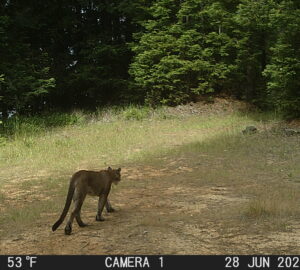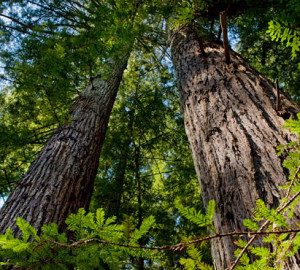Caught on camera: Majestic elk, playful fawns, slinky pumas
onSomething wonderful happens when a redwood forest is protected. Just ask the black bears, coyotes, and mountain lions padding past the League’s wildlife cameras at Lost Coast Redwoods. These creatures can be seen loping down former logging roads or nosing …



